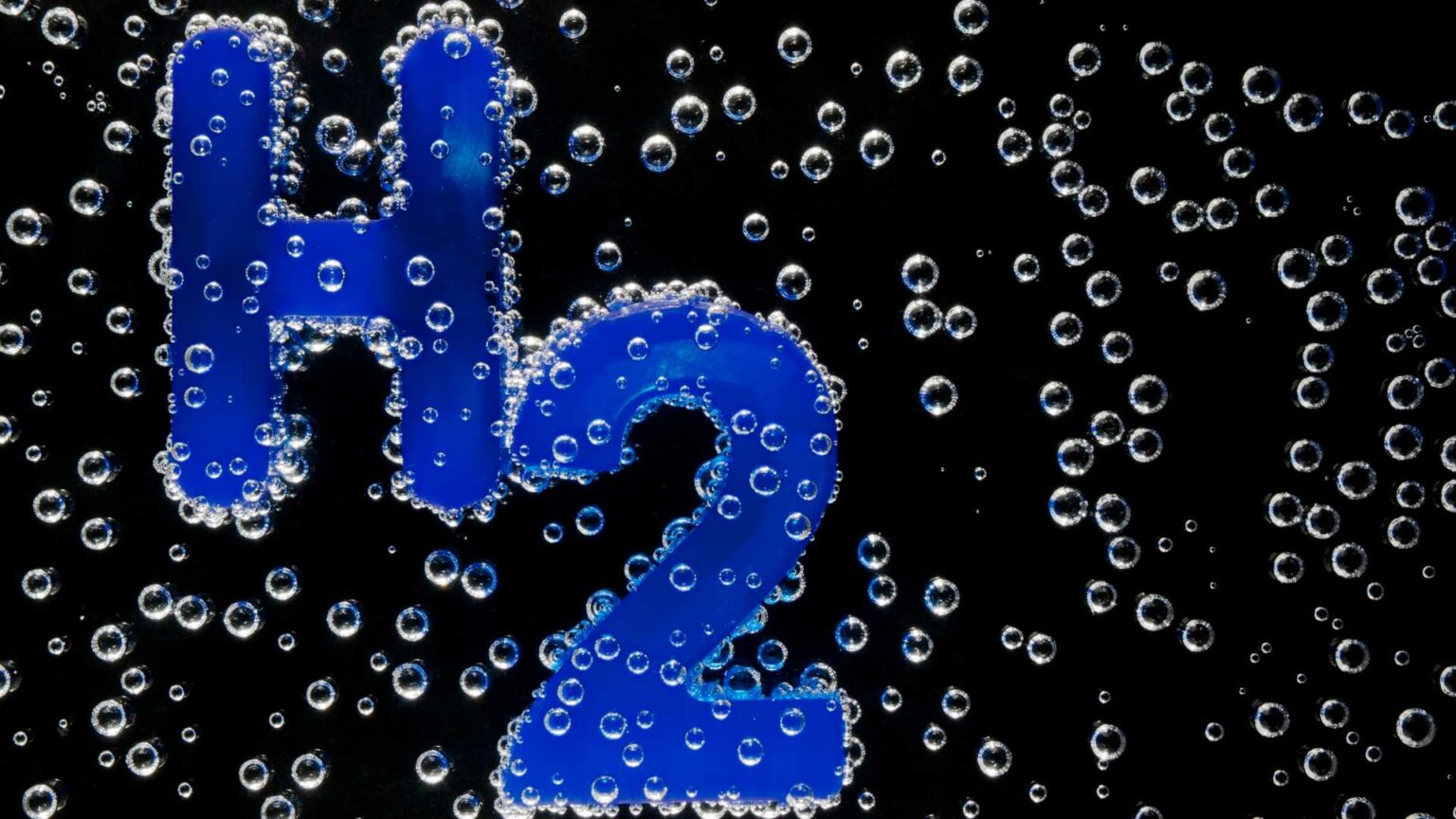Russian nuclear energy titan Rosatom is currently pioneering the development of an engineered nuclear power plant (ENPS). This groundbreaking project integrates a high-temperature gas-cooled reactor (HTGR) with a hydrogen production plant, signifying a pivotal moment in the evolution of gas-cooled reactors and hydrogen technologies.
This endeavor hearkens back to the Soviet era when the Soviet Union ventured into the development of plants akin to the proposed engineering nuclear power plant. Projects like the Soviet-designed experimental reactor (EPTU-15) and the experimental plant (EPTU-TS50) featuring a VGR-50 reactor were pursued, underscoring a legacy of ambition in this arena.
These stations had multifaceted objectives, from electricity generation to conditioning materials affected by radiation, such as polyethylene and wood. These historical endeavors provide a foundation for Rosatom’s contemporary project.
Advancements in the 1970s saw the development of the VG400 gas-cooled high-temperature reactor, intended to produce electricity and high thermal energy. Subsequent progress led to the creation of high-temperature gas-cooled reactors like the VGM200 stone bed reactor and the MVGR-GT power plant employing closed-cycle gas turbines. This era also marked the conceptualization of the small power generating reactor (VTGR-10) and the fusion of nuclear and hydrogen technologies for various applications, from industrial processes to transportation and residential energy.
The Soviet government recognized the potential and adopted a National Hydrogen Economy Program in the 1980s. This initiative envisioned gas-cooled high-temperature reactors catering to energy-intensive applications and processes. A notable example involved modifying the VG400 reactor for ammonia fertilizer production, with plans for five high-temperature gas-cooled reactor plants, though the Soviet Union’s dissolution disrupted these ambitions.
Nevertheless, the pursuit of gas-cooled high-temperature reactors persisted, culminating in a 600 MW reactor with a direct gas turbine cycle, developed from 1998 to 2012. Collaboration with global industry leaders such as General Atomics, Framatom, and Fuji Electric revived the project, with the active involvement of specialized Russian companies.
The present journey of the advanced engineering nuclear power plant with a high-temperature helium-cooled reactor and an integrated hydrogen plant has reached the comprehensive engineering design stage. A designated site for this innovative plant has been established.
Notably, the fundamental departure from previous designs lies in the fact that the hydrogen production plant is now an integral component of the nuclear facility. Consequently, the plant’s primary output is not heat but hydrogen, a versatile and storable energy source that can find applications across industries, transportation, and residential use. This transformation is poised to redefine how we perceive nuclear energy and hydrogen’s role in a sustainable future. Rosatom’s visionary project bridges historical aspirations with contemporary innovation, opening new frontiers in the energy landscape.
